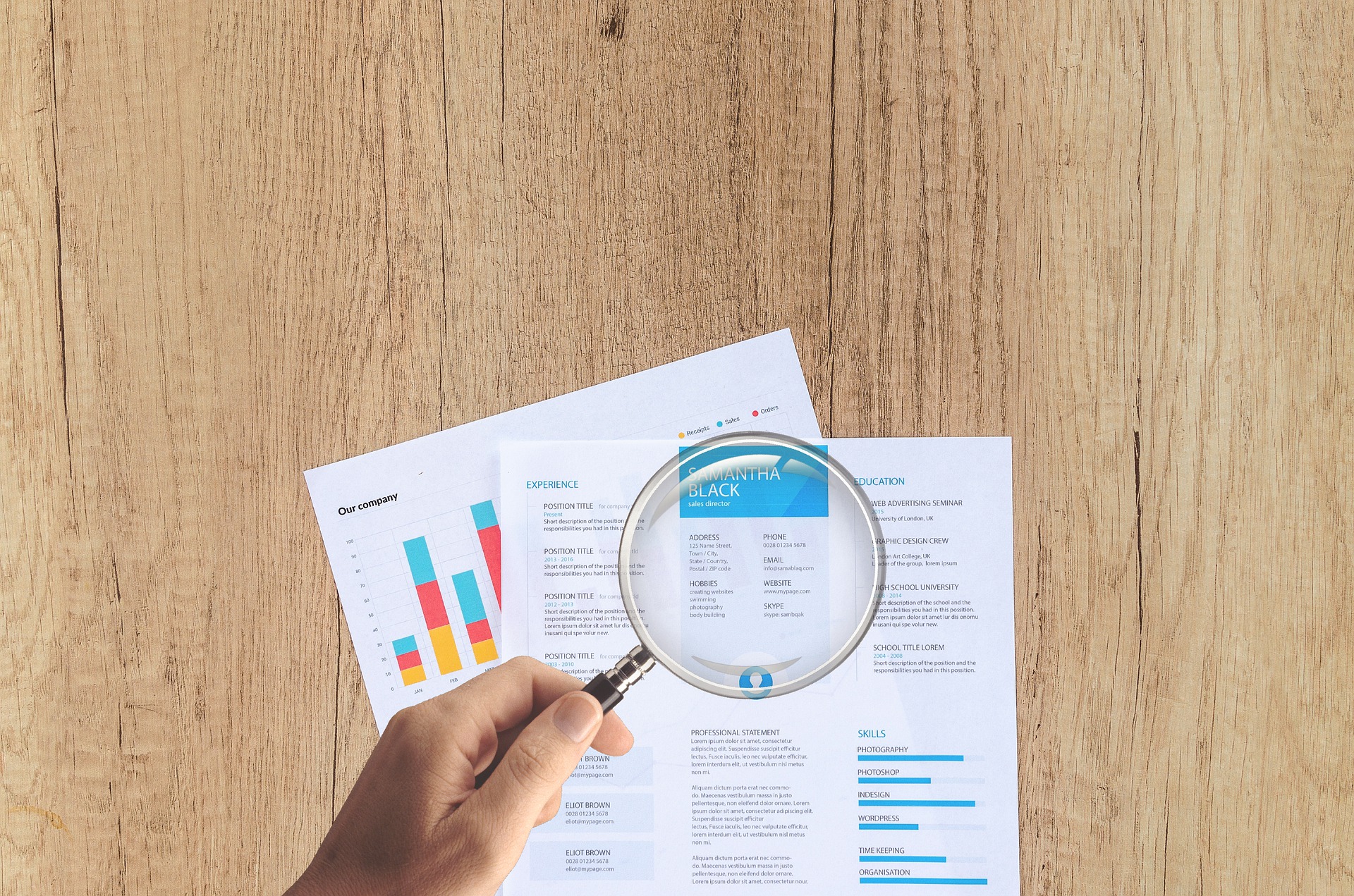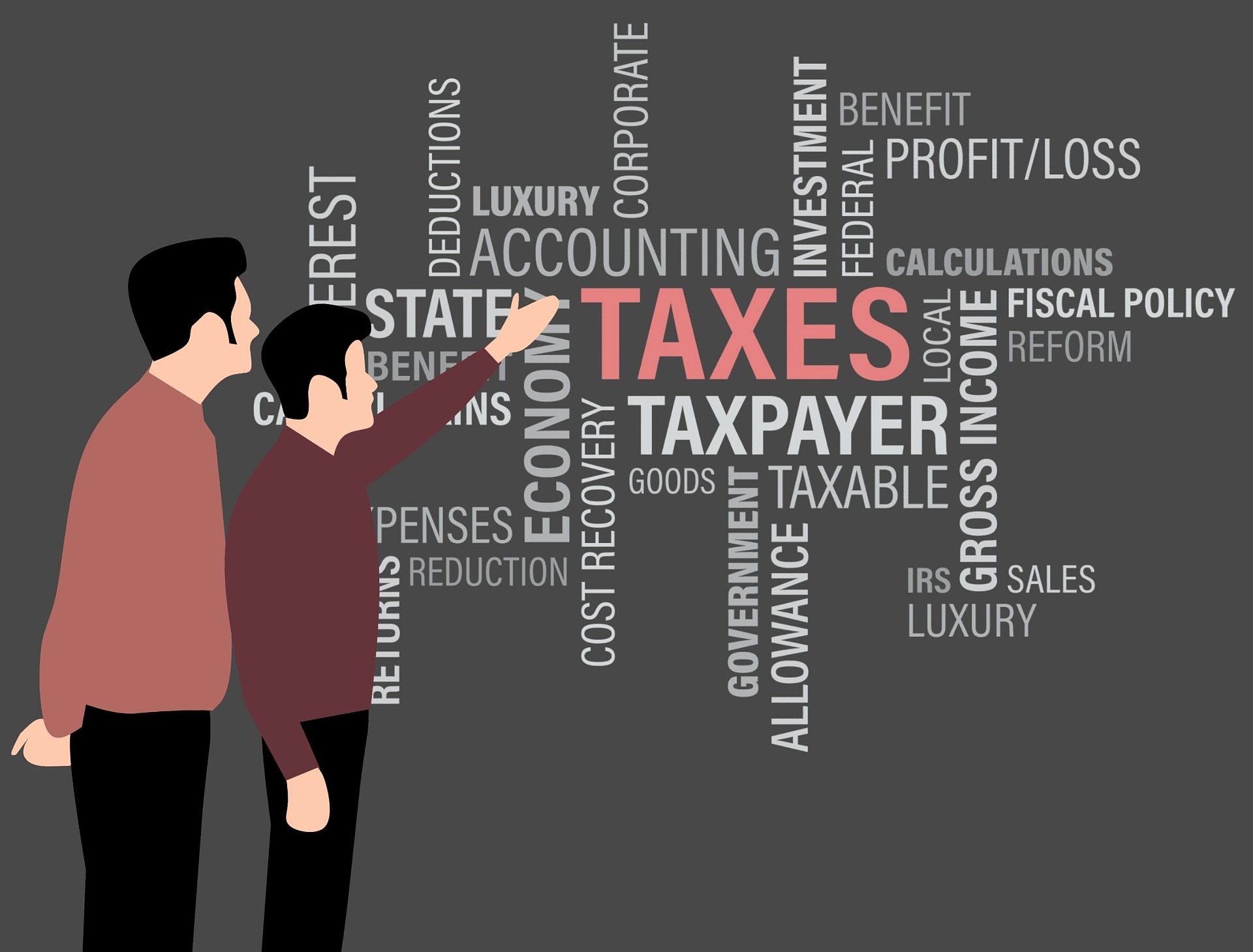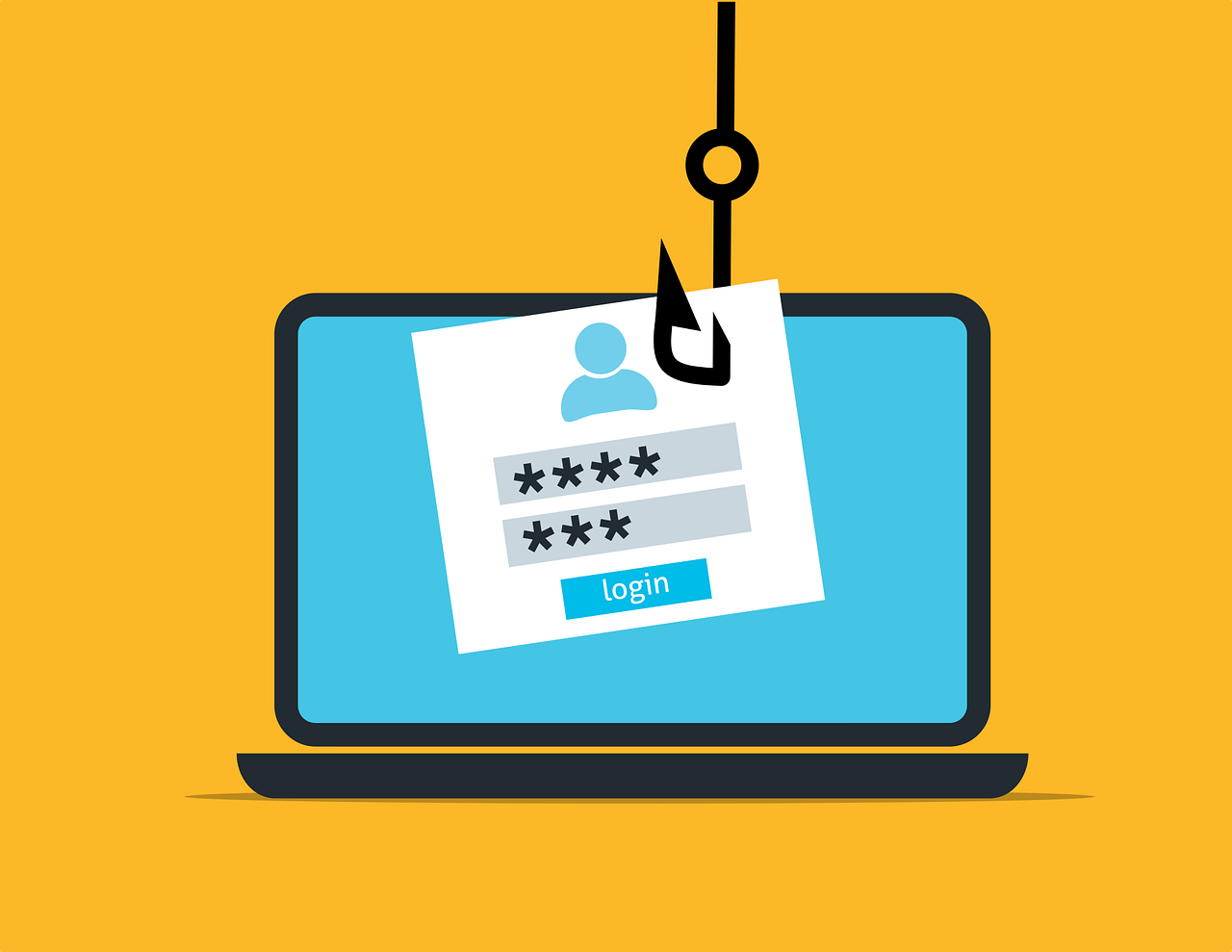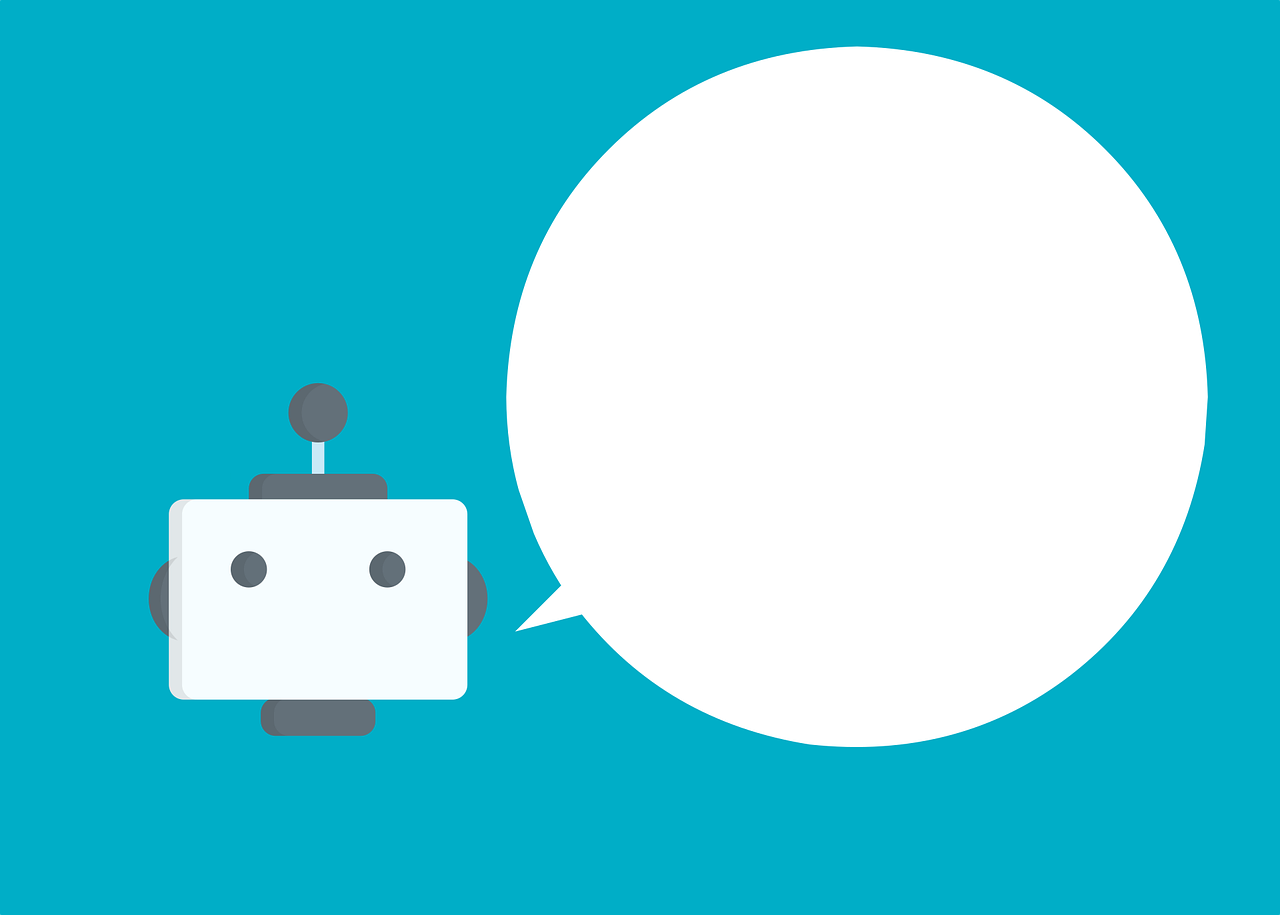Starting and running a small business takes a lot of time, money, energy and patience. To help entrepreneurs, the Canadian Revenue Agency (CRA) allows certain deductions that can be claimed against tax owing. Generally speaking, you can deduct reasonable business expenses you incur as you earn business income. However, the amount of money you can deduct, along what is considered both a “business expense” and “reasonable”, varies.
Business expenses are grouped into two main categories: current and capital. Current expenses are those short term, shorter value expenses you make to improve your business. Capital expenses are the long term, longer value expenses that significantly improve or upgrade the physical components of your business. For example, let’s say you own the building in which your business is run. Adding a neon sign that says “open” is a current expense. Replacing the entire roof because it has outlived its life expectancy is a capital expense. Capital expenses can also be large items of machinery or equipment that are vital to your business. It is important to make the distinction between the two types of expenses because you must use a declining balance method to calculate how to claim your capital expenses year over year. The CRA website has a wonderful example of how this works.
As of 2015, the CRA’s categories of deductible current expenses include:
- Advertising
- Bad debts
- Business start-up costs
- Business tax, fees, licences, dues, memberships, and subscriptions
- Business-use-of-home expenses
- Delivery, freight, and express
- Fuel costs (except for motor vehicles)
- Insurance
- Interest
- Legal, accounting, and other professional fees
- Maintenance and repairs
- Management and administration fees
- Meals and entertainment (allowable part only)
- Motor vehicle expenses
- Office expenses
- Prepaid expenses
- Property taxes
- Rent, salaries, wages, and benefits (including employer’s contributions)
- Supplies
- Telephone and utilities
- Travel
- Other expenses
It’s easy to look at that list and think you can claim a good portion of your daily life, especially if you work from home, but not so fast! Each category is subject to conditions and if not followed, you will wind up owing money back to the CRA or find yourself in an audit.
For example, if you work from home, only part of your housing fees (utilities, phone, etc.) are deductible. A person working from a bedroom converted to an office in a standard 1,100 square foot home will claim an amount calculated for the space he or she works from. This may be as low as 30 per cent. Another example is travel. The vacations you take to relax from your hard work are not allowable. Travel means the expenses you incur to earn business and professional income, such as trips to conferences or to purchase products to sell or improve your business. In most cases, CRA allows 50 per cent of meals, beverages and entertainment when you travel, but if you spend the whole trip dining on caviar, enjoying box seats at the opera and drinking cocktails from sun up to sun down, those expenses are not likely to be looked upon as “reasonable” at tax time! Furthermore, if you are traveling on behalf of a client and that client is reimbursing your travel expenses, you may not claim those amounts.
There are a lot of ins and outs when it comes to what and how to claim capital and current expenses. Check out CRA’s detailed explanation on business expenses to ensure you are getting the tax breaks you deserve while claiming them properly.
AF Accounting can help you navigate claiming your business expenses. Contact us today to learn more.











